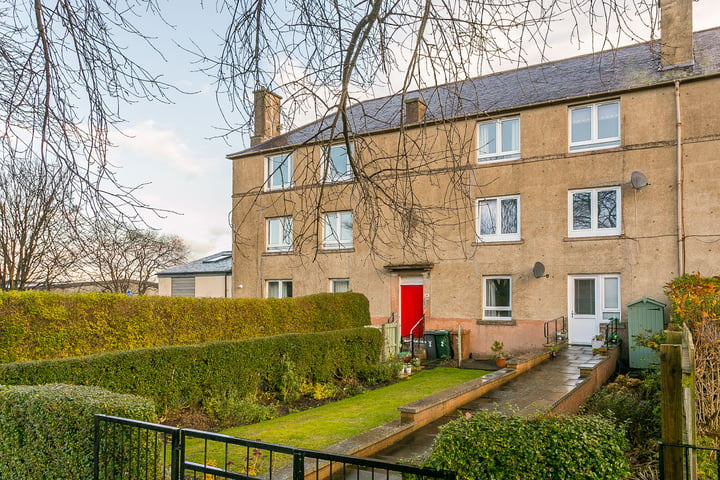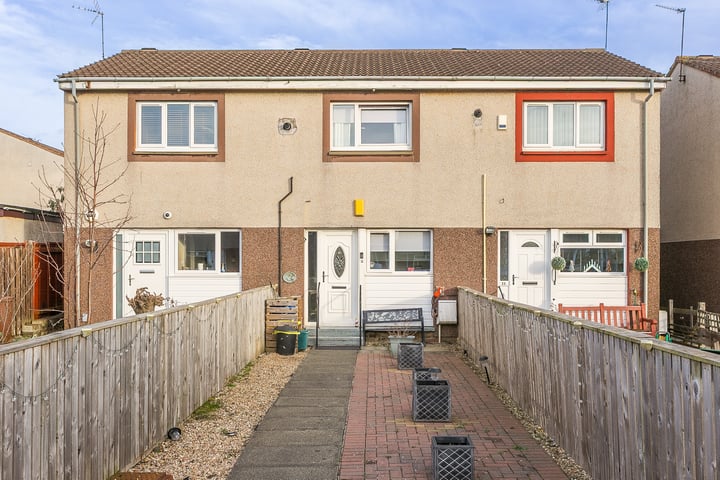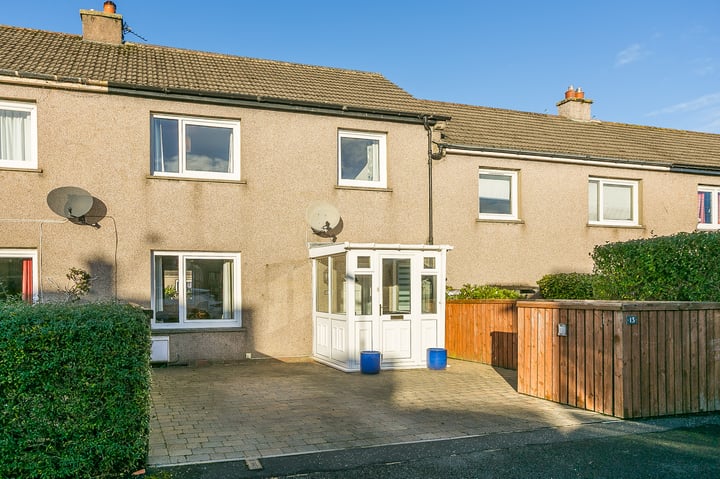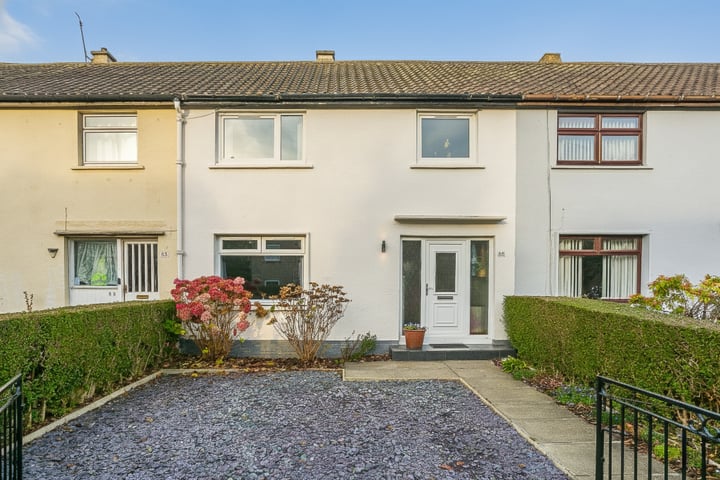What’s happening with property prices? What has the effect of Covid and lockdown measures been on the market? And what does the property market look like moving forward as restrictions start to ease? If you are curious about the property market in 2021, read on!
Who could have predicted these market conditions?
If I’d had to place a bet in May 2020 on the effect of the Covid-19 pandemic on property prices, there is no doubt what my response would have been. 9 million adults in the UK were being paid via a government ‘furlough’ scheme that was due to end just a couple of months later whilst confidence must have been at a low. So this would, without any doubt, cause property prices increases to slow or even fall. Right? Wrong!
Despite everything that the world has thrown at us in the past year and a half, property prices have continued to rise. Supply of new properties to the market has remained historically low. At the same time, prices across Scotland have risen rapidly and the time to sell has fallen drastically.
Crisis…What Crisis?
Despite all that was thrown at the property market, it went from strength to strength. How could this be the case?
Disposable income – most adults in the UK are over-extended and typically have very little spare, disposable income for investments. For 18 months, people simply couldn’t enjoy the activities that they spend their cash on. As a result, people have had a lot more disposable income, allowing them to quickly build the deposit necessary for a property purchase.
Mortgage availability and rates – lenders have been ‘encouraged’ to have confidence in the market and have continued to offer mortgages to the marketplace. There was a relatively short period when 95% loan-to-value mortgages stopped being available. However, these higher loan-to-value mortgages gradually returned to the market when house prices proved to withstand the seismic economic shock and bad debt didn’t increase to levels that lenders initially expected.
Interest rates continue to be kept low to help affordable borrowing and stimulate liquidity in the economy, including the housing market. I’ve seen recent reports of 5 year fixed rate mortgages at an interest rate of 0.99%.
Low savings rates and rising inflation decrease the value of savings, so the property market has been seen as a good investment to protect against inflation.
Stimulus packages – Governments have provided extensive stimulus packages to both the English and Scottish markets through tax relief for property buyers. The English package offered relief on Stamp Duty Land Tax (SDLT) for properties up to £500,000. This relief was then extended for several months in England, until the end of June of this year, fuelling the buying market.
The Scottish government’s property market stimulus measures were more restrained and were not extended for as long a period of time, ending at the end of March 2021. The savings were significantly more modest, but the effect was similar and there was a rush to ‘beat’ the deadline and secure the savings. The effect was similar to England: an artificial surge of interest that led to property prices rising sharply in the run-up to this deadline.
Lack of supply and increased competition – The final factor underpinning these price rises is that supply of properties coming to the market for sale has remained historically low. We saw a 300% rise in the number of enquiries and viewing requests from potential buyers, compared to the previous year’s pre-pandemic levels, when the first lockdown was relaxed in late June 2020. This led to Closing Dates where literally dozens of offers were submitted. This sort of competition between potential buyers will always drive prices upwards.
What does this look like in numbers?
In the East of Scotland, traditionally one of the strongest markets come rain or shine, property prices have risen dramatically. The Edinburgh Solicitors Property Centre (ESPC) recently reported that prices between May and July 2021 across East Central Scotland averaged £275,623 compared with £256,271 between May 2020 to July 2020. That represents a year-on-year increase of 7.6%. Not only have prices risen, but selling times have tumbled. The average selling time has dropped from 22 days to just 14 days.
Registers of Scotland reports even more dramatic rises in the market in the past year or so. The average price of a property in Scotland, as of June 2021, stands at £171,448. This represents an increase of 12.1% versus May 2020. Sales volumes recorded in March 2021 were the highest since 2007, an astonishing figure given that the number of properties coming to market is about half the peak levels seen in 2007.
The same theme is played out across research carried out by Rightmove, Zoopla and Halifax. With Zoopla being the most conservative estimate of year-on-year property price increases at a still-healthy 4.4% across Scotland.
What accounts for these huge variations in the stats?
Download our Property Market in Numbers September 2021 infographic.
Why do the stats vary so much? Damn lies and statistics!
The reason these figures vary so much is that everyone is pulling their stats from different places.
Nationwide and Halifax sample only their own customers. Rightmove and Zoopla report on asking prices which are an indication of the confidence of property sellers rather than property buyers. Registers of Scotland pulls its numbers from property registrations which typically happen weeks or even months after the sale was agreed and people have moved into their new property. ESPC is probably the most ‘real time’ of the stats, is based on sale prices rather than asking prices, but includes mainly properties sold in the East of Scotland and only those sold by solicitors.
However, despite of all of these variances, it’s clear that prices are rising and have gone up significantly in spite of the global and national economic conditions.
Will current trends continue?
The million dollar question is whether these rises are sustainable in the Scottish property market, whether a strange and entirely unique set of circumstances for the past year and a half has come to an end and, therefore, whether the current property price trends can continue. There are two sides to any coin.
The case for these trends continuing…
Greater job security – As lockdown measures start to ease, we should hopefully see a more stable job market and greater security rather than less. This in turns leads to general confidence which should underpin the Scottish property market.
A low interest rate world – We continue to benefit from historically low mortgage interest rates and, again, this shows little sign of changing in the near future. Looking at 2 year and 5 year fixed interest rate deals from major lenders, there isn’t a huge difference between them. This suggests that lenders have confidence that interest rates will continue in a similar vein for years to come.
The case for the market slowing down…
Affordability – As the world starts once again to open up, we will see consumers revert to spending habits that are in line with pre-pandemic trends. We have seen the end of property tax breaks that, whilst relatively modest in Scotland, could have been the difference between a couple having enough cash to buy a one bedroom flat versus a two bedroom flat. All of this will mean that people have less disposable income, less money for deposits and therefore will be less able to bid above their usual budget level. This is likely to lead to property buyers taking longer to save for a deposit.
A return to the norm – We are likely to see less demand for more rural properties and those that are not located near a major urban centre. For a period of time, working exclusively from home has been the norm for many home buyers, prompting many people to buy properties further from their offices, taking advantage of their money going further and getting more outside space. However, it remains to be seen whether employers will continue to offer such flexible working arrangements in the coming months and years as restrictions start to relax. These areas might cease to be a viable option for so many buyers who work in urban centres, so we are likely to see a softening in demand and therefore prices of such properties.
What does the crystal ball say
Looking ahead through the rest of 2021 and 2022, the outlook is mixed.
The major cities across the Central Belt of Scotland experienced strong growth in property prices prior to the pandemic and this has continued unabated since March 2020. There is little to suggest that the underpinnings of this price growth will change in the coming months. Interest rates remain low, deposits of 5% of the purchase price can secure properties for many buyers and supply remains exceptionally low which leads to competition amongst buyers being as strong as ever. All of this adds up to a heady cocktail that will continue to drive prices up.
Areas like Aberdeen, by contrast, were struggling prior to the pandemic. The fundamentals that underpinned prices during the ‘boom times’ had changed, with the oil and gas sectors taking a significant hit. This has led to a drop in demand and as a result a drop in house prices. Without any serious change to these economic conditions, it is hard to see that prices in such areas will rise in the near future, regardless of the pandemic.
We expect to see a softening in demand and prices in more rural areas which have temporarily become more popular with buyers due to their ability to work flexibly between home and the office. However, with flexible working arrangements here to stay, these areas will continue to enjoy stronger demand than before the pandemic.
Flats present a different challenge. The pandemic has put a premium on outdoor space in a way that nobody would ever have imagined. This combined with a drop in the availability of 95% loan to value mortgages has seen the market for flats take a hit. As normality returns and memories of months spent cooped-up in flats start to fade, confidence will return to this market and buyers will return. The question will just be how long this takes.
In short, the fundamental underpinnings of the strong property market for the past few years, namely lack of supply and the ready availability of affordable mortgage lending, look set to continue. It is therefore difficult to see that Scottish property prices will be anything other than strong for years to come.
If you feel there is a specific subject that would be of interest, then why don’t you let us know and we can look at adding it to our upcoming article list.
In the meantime, if you do have any questions, please feel free to ask them in the comments section below.
We’re Here to Help
If you are thinking of selling your home or investment property, get in touch with us by calling 0345 646 0208 (Option 1) or by emailing [email protected] to organise a free valuation of your home or to get a full, transparent breakdown of the costs of selling your home.
You can also instantly book a free valuation appointment online by following this link
If you are looking to buy a property as a home or investment, please call 0345 646 0208 (Option 2) or email [email protected] and we will be happy to help.








Leave a Reply